May 6, 2024 | 00:58 GMT +7
May 6, 2024 | 00:58 GMT +7
Hotline: 0913.378.918
May 6, 2024 | 00:58 GMT +7
Hotline: 0913.378.918
According to the World Organisation for Animal Heal ( OIE) and Food and Agriculture Organisation of the United Nations (FAO0, as of June 2021, avian influenza A/H5N8 has been detected in 64 countries and territories around the world.
Since the beginning of this year, a total of 2,757 outbreaks of avian influenza A/H5N8 have been detected all around the world, accounting for 70 per cent of all outbreaks relating to other viruses in dozens of countries including those that share borderlines with Vietnam.
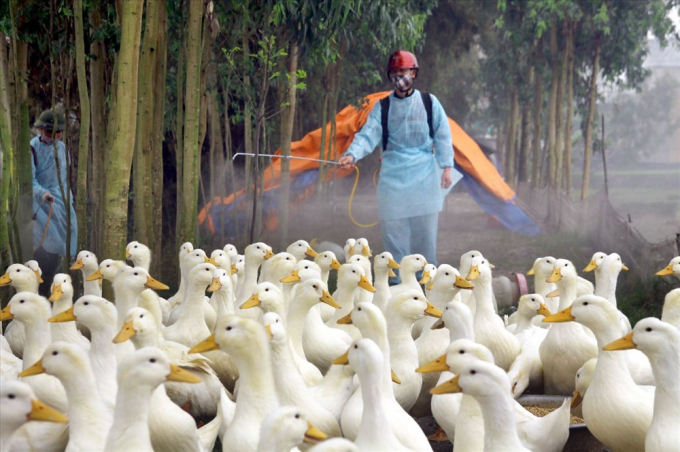
Vietnam is facing a high risk of avian flu A/H5N8 spreading. Photo: TL.
Since early last month, Vietnam has confirmed three outbreaks of H5N8 avian influenza in the provinces of Hoa Binh, Cao Bang and Quang Ninh.
According to the Ministry of Agriculture and Rural Development, there is a high risk of the spreading of avian influenza A/H5N8 in Vietnam.
To actively prevent and control the avian influenza A/H5N8 and other highly virulent strains of avian influenza virus, minimise infections and human fatalities as well as losses to the country’s husbandry sector, the ministry asked People’s Committee chairpersons of cities and provinces to closely direct departments and agencies to implement disease prevention and control measures.
To localities where avian flu A/H5N8 outbreaks appear less than 21 days or the places where poultry was tested positive to avian flu A/H5N8 virus or poultry are suspected to get the virus, they have to announce disease, ruin ill poultry and carry out disease prevention and control measures.
Authorities are required to investigate, identify causes and infection sources to timely respond and curb the virus spreading.
Poultry at farms near the outbreaks must be vaccinated. The vaccination rate must be over 80 per cent of the high-risk poultry.
Poultry farms are instructed to use biosecurity measures, keep a hygienic environment and regularly disinfect the farms.
In high-risk areas like border localities, poultry markets or slaughterhouses, poultry suspected to get the flu A/H5N8 virus must be tested as soon as possible.
The agriculture ministry also asked localities to boost communication campaigns to increase public understanding about the avian flu A/H5N8 so that farmers could actively detect ill poultry and report relevant agencies.
The ministry asked for tightened control over cross-border poultry trade and transportation.

Agriculture ministry asked localities to tighten management over the trade, slaughtering and consumption of poultry. Photo: TL.
The trade, slaughtering, consumption of dead poultry or discharging them into the environment would be strictly punished.
The Animal Health Department and relevant agencies would to send inspectors to localities to examine their disease prevention and control.
The department was also asked to co-operate with vaccine producers in assessing the vaccines’ effectiveness against avian flu A/H5N8 virus.
The assessment results would be used to authorise the vaccines against the avian flu A/H5N8 virus. The department would also co-operate with domestic and international organisations to exchange experiences and solutions in disease prevention and control.
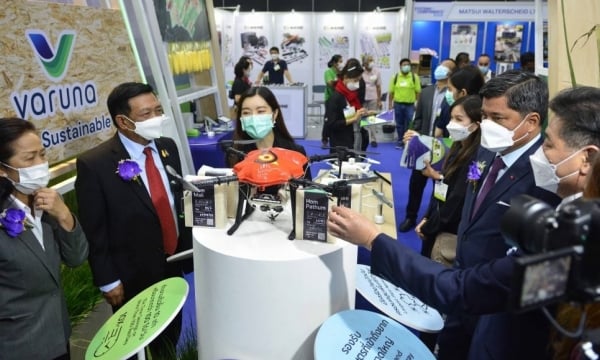
(VAN) Agritechnica Asia & Horti Asia 2024 takes place from May 22-24, 2024, at the Bangkok International Trade & Exhibition Centre (BITEC), Thailand.
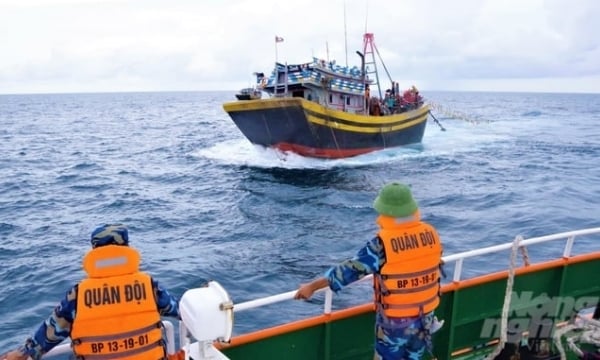
(VAN) Border Guard Command of Binh Thuan and Ba Ria- - Vung Tau coordinate to enhance strict management over fishing vessels to remove the EC 'yellow card'.

(VAN) With the aim of supporting the transition to HDPE aquaculture, STP Group introduced three support packages to provide fishermen access to new mariculture technologies.
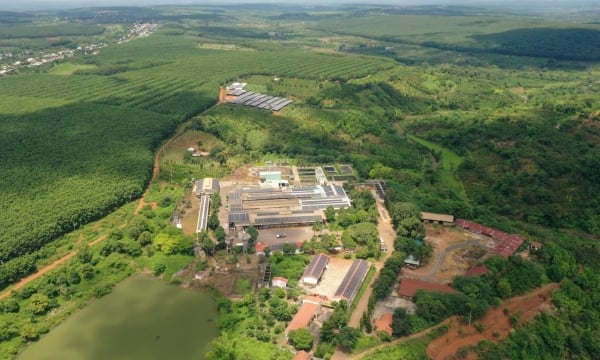
(VAN) The Vietnam Rubber Group (VRG) is collaborating with the Office of Sustainable Forest Management Certification and the Institute of Forestry Science to plan for implementation of EUDR regulations beginning in June 2023.
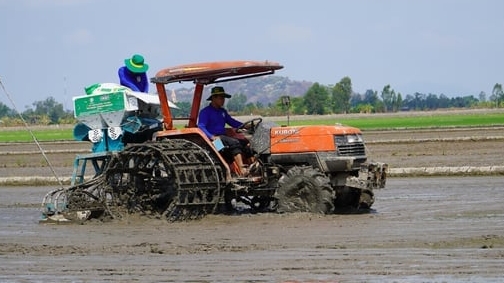
(VAN) According to the draft payment scheme for emission reduction results from the Project for one million hectares of high-quality rice, farmers in cooperatives and cooperative groups will be the primary beneficiaries.
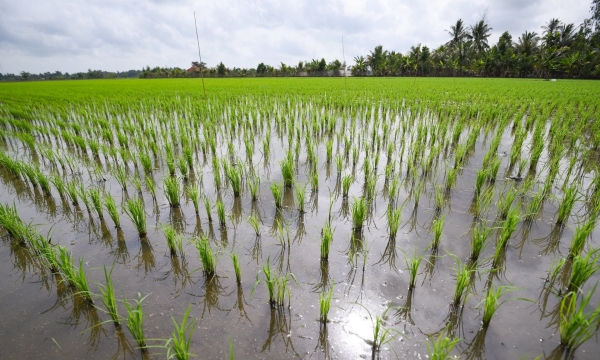
(VAN) Minister Le Minh Hoan has urged for a solution to effectively communicate the benefits of applying emission-reducing agriculture practices in the 1 million hectares of high-quality rice project in the Mekong Delta.
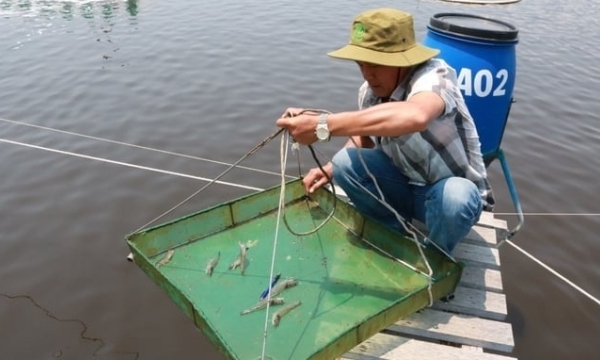
(VAN) According to the Department of Animal Health, Vietnam currently has 32 disease-free shrimp production facilities nationwide, including 27 facilities with a post larvae capacity of 38 billion per year.